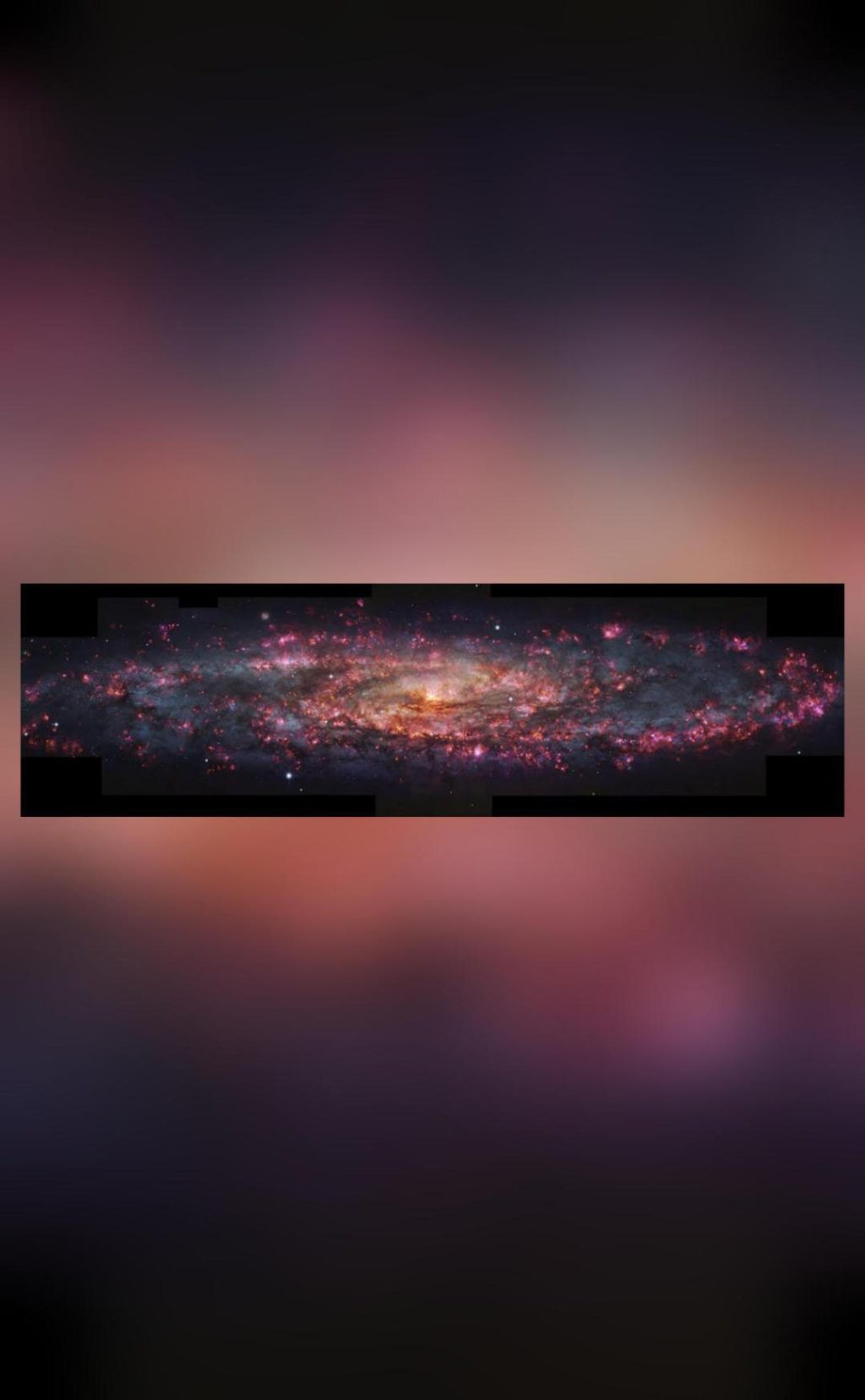
Most Detailed Image of the Sculptor Galaxy Released
Astronomers have released an unprecedentedly detailed image of the Sculptor Galaxy, a barred spiral galaxy located approximately 11 million light-years from Earth. The image was captured after 50 hours of observations using the Very Large Telescope (VLT) at the European Southern Observatory (ESO) in Chile. The stunning picture showcases the galaxy in around 4,000 different colors, offering an unparalleled glimpse into the beauty and complexity of this celestial wonder.
The Sculptor Galaxy, also known as NGC 253, is a spiral galaxy similar to the Milky Way, our home galaxy. With a diameter of approximately 88,000 light-years, it is a significant object of study for astronomers. The new image is the result of a collaborative effort between scientists from the ESO and the European Space Agency (ESA).
The image was captured using the VLT’s Multi-Unit Spectroscopic Explorer (MUSE) instrument, which is capable of observing a vast range of wavelengths. The MUSE instrument allows astronomers to study the light emitted by the galaxy in unprecedented detail, revealing the distribution of stars, gas, and dust within it.
“We are thrilled to share this incredible image with the world,” said Dr. Roberto Mendez, the lead author of the study. “The Sculptor Galaxy is a fascinating object, and our new image provides a level of detail that has never been seen before. It’s like having a new pair of eyes to study this galaxy.”
The image shows the Sculptor Galaxy in unprecedented detail, with its sweeping arms of stars, gas, and dust stretching out across the galaxy. The galaxy’s central region is dominated by a bright, compact core, surrounded by a ring of star-forming regions. The arms of the galaxy are filled with a mix of young and old stars, as well as vast regions of interstellar gas and dust.
One of the most striking features of the image is the galaxy’s spiral structure, which is seen in incredible detail. The arms of the galaxy are densely packed with stars, gas, and dust, with numerous star-forming regions and young stars visible throughout. The galaxy’s central region is also home to a supermassive black hole, which is thought to play a crucial role in the formation and evolution of the galaxy.
The new image also provides a unique opportunity to study the properties of the galaxy’s stars and gas. By analyzing the light emitted by the galaxy, astronomers can learn about the composition and temperature of the stars, as well as the distribution of gas and dust within the galaxy.
“This image is a game-changer for the study of the Sculptor Galaxy,” said Dr. Mendez. “It will allow us to learn more about the formation and evolution of this galaxy, and will provide valuable insights into the properties of stars and gas in the universe.”
The release of the new image is a significant milestone in the study of the Sculptor Galaxy, and marks an important step forward in our understanding of the universe. The ESO and the ESA will continue to study the galaxy in the coming years, using the VLT and other telescopes to gather more data and learn more about this fascinating object.
Source:






